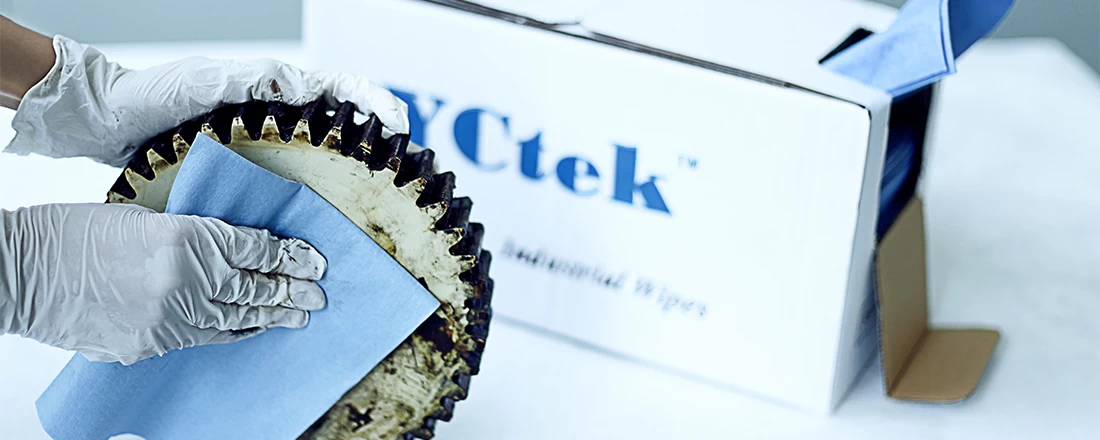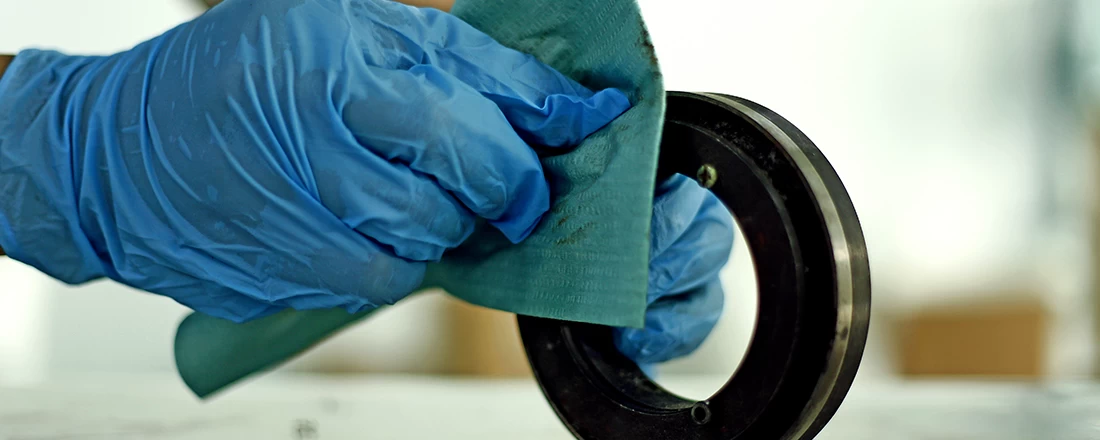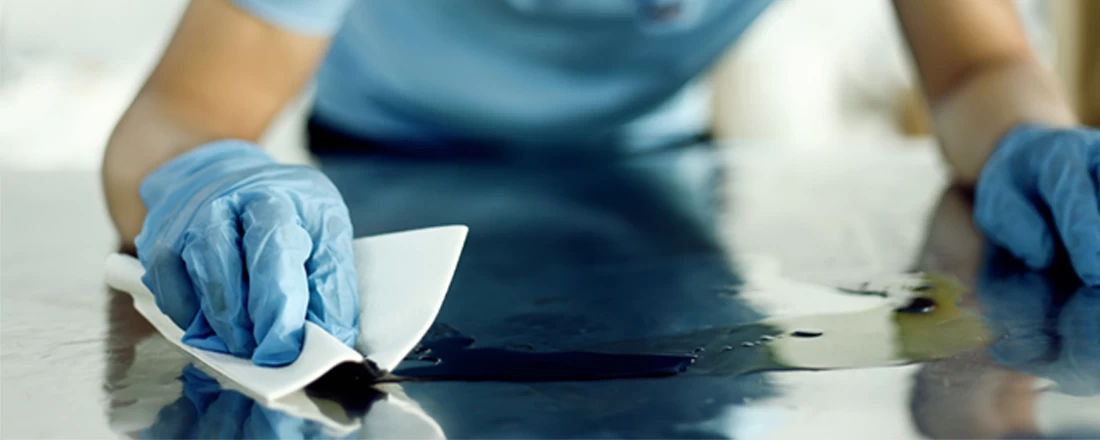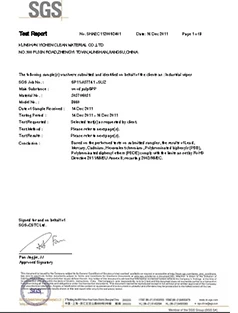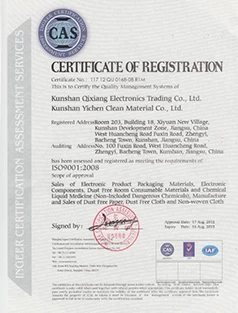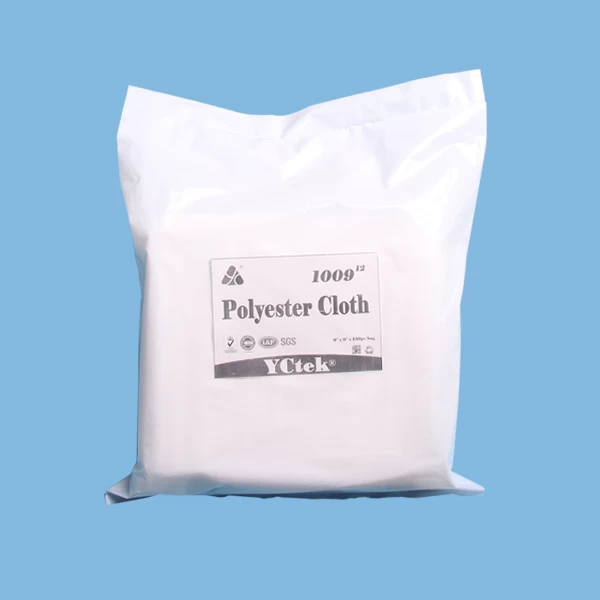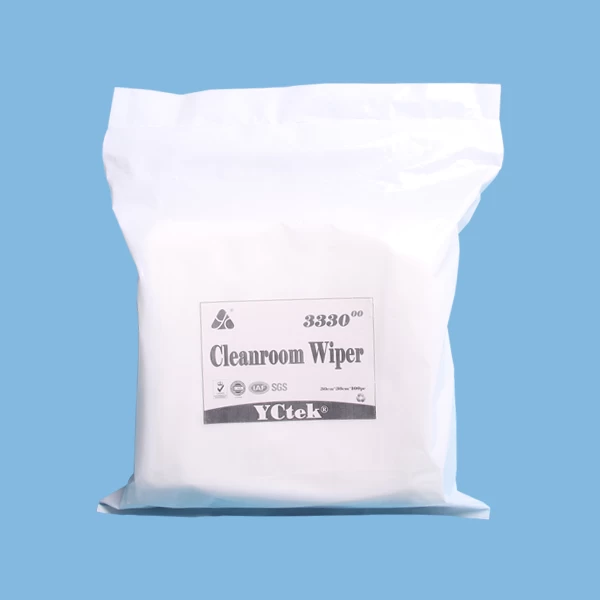Development history, present situation and trend of nonwovens in China

Development history, present situation and trend of nonwovens in China
Nonwoven materials, as an important part of China's textile industry, are one of the most active fields of innovation and development.
China is the world's largest producer and consumer of nonwovens.In 2018, the total global nonwovens production is about 15.65 million tons, and China accounts for 37.9% of the total global nonwovens production.
China's total nonwovens production increased from 3.61 million tons in 2014 to 5.93 million tons in 2018, with an average growth rate of 13.2 percent.
The main production technologies of nonwovens are spun-bonded, melt-blown, hot-rolled, needle-punched, chemical bonded and spun-bonded melt-blown (SMS).Compared with the traditional dry-process nonwovens, spun-bonded nonwovens can be produced continuously and in large quantities with the highest market share in the field of nonwovens.
According to the statistics of industrial textile industry association, the total output capacity of spun-bonded and melt-blown nonwovens in China in 2017 was 4.2 million tons, up 5.5% year on year.Actual output was 2.87 million tons, up 5.7 percent year-on-year.There are 1412 spun-bonded nonwovens production lines, including 1185 PP spun-bonded nonwovens production lines, 118 PET spun-bonded nonwovens production lines, 109 online composite SMS nonwovens production lines, and 138 continuous melt blown nonwovens production lines.The total output of spun-bonded and melt-sprayed nonwovens in 2018 was 3.02 million tons, up 5.4% year on year. 65 spun-bonded production lines were added, among which SSS and SMS online composite production lines increased by nearly 13%.
Specifically, PET spunbonded nonwovens develop faster than PP spunbonded nonwovens.In 2016, PP spun-bonded nonwovens produced 1.9 million tons, an increase of 768 thousand tons compared with 2010, with an average growth rate of 9.0%.The output of PET spunbonded nonwovens was 295,000 tons, an increase of 203,000 tons compared with 2010, with an average growth rate of 21.4%.
The rapid development of PET spunbonded nonwovens is mainly due to the following reasons:
First, PET spunbonded nonwovens have high strength, high temperature resistance (can be used in 150℃ environment for a long time), aging resistance, uv resistance, high elongation, stability and air permeability, corrosion resistance, sound insulation, moth-proofing, non-toxic and other characteristics.
PET spunbonded nonwovens have very special physical properties: resistance to gamma rays.Applied to medical products, it can be directly sterilized with gamma rays without destroying its physical properties and dimensional stability, which is the physical properties that PP spun-bonded nonwovens do not have.
Secondly, the development of the continuous flat roof, lightweight structure and other modern building methods with larger and larger domestic area has increased the quality requirements of the waterproof layer of the roof.With polyester spun-bonded needle-punched nonwovens as the tread base and matched with APP and SBS modified asphalt, high-quality waterproof rolling materials can be produced, bringing huge market space.
Thirdly, the increased environmental governance by the state has increased the demand for air filtration, water filtration and chemical filtration, which has prompted the PET spunbonded nonwovens manufacturers to increase the market supply and become the driving force for the growth of PET filtration materials.
Nonwovens are constantly adapting to market and policy needs.
In the next few years, it is likely that a series of sustainable new products will replace traditional textiles and nonwovens on a large scale.
Biodegradable nonwovens are environmentally friendly materials that can slowly decompose and eventually disappear under the action of microorganisms in the natural environment.On the one hand, the use of pure natural materials source, viscose fiber, cotton, bamboo fiber, lessel fiber and its blend.For example, biodegradable biological fibers are used in agriculture to replace plastic film with nonwovens for growing cotton, reducing impurities in the cotton and improving the quality of domestic cotton.On the one hand, bio-based polymers (such as PLA PLA lactate, PHA polyhydroxyalkyl ester, PHB polyhydroxybutyrate, etc.) are used to replace petroleum polymeric fiber products to meet the requirements of the EPR system of various countries.

